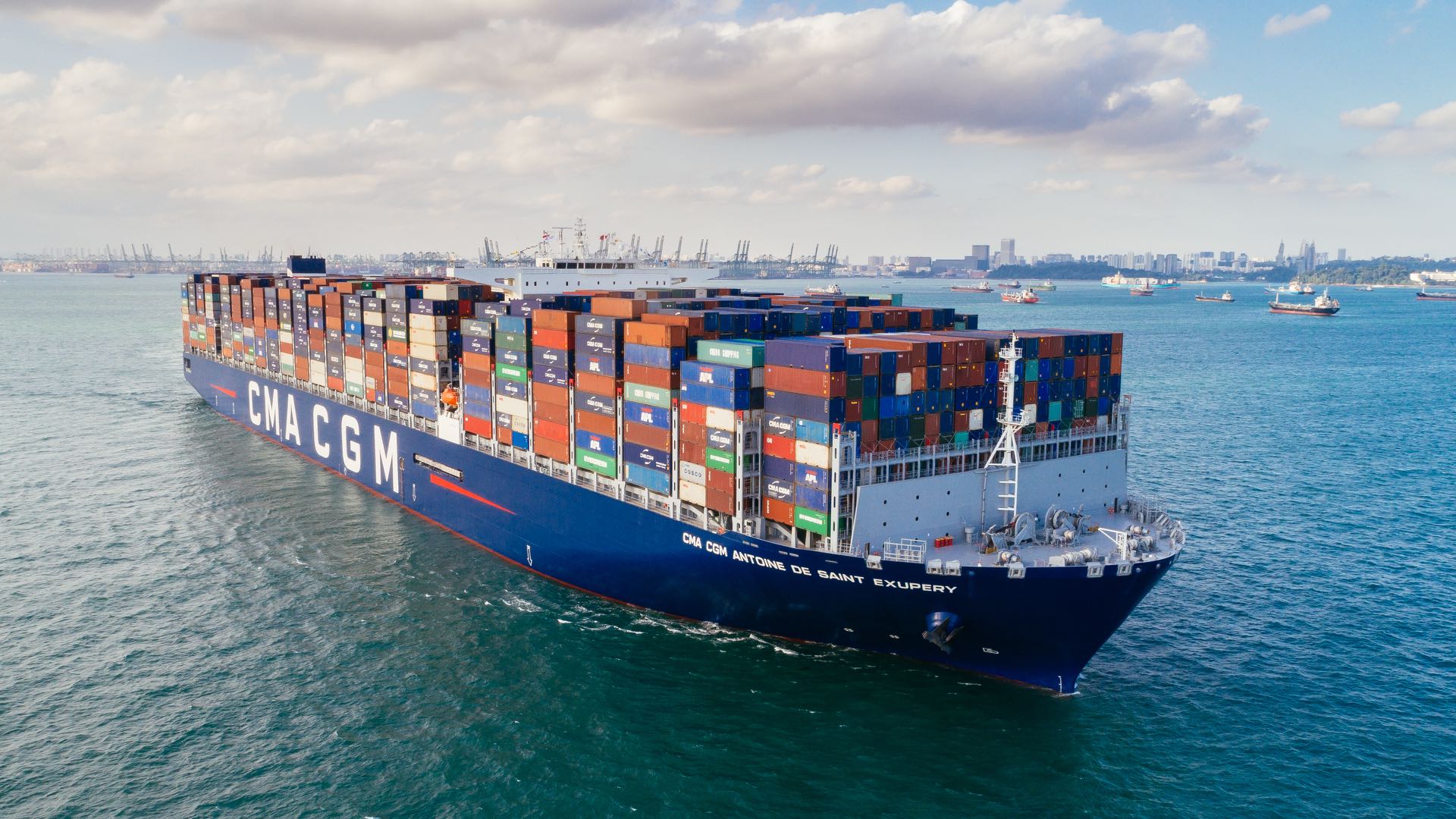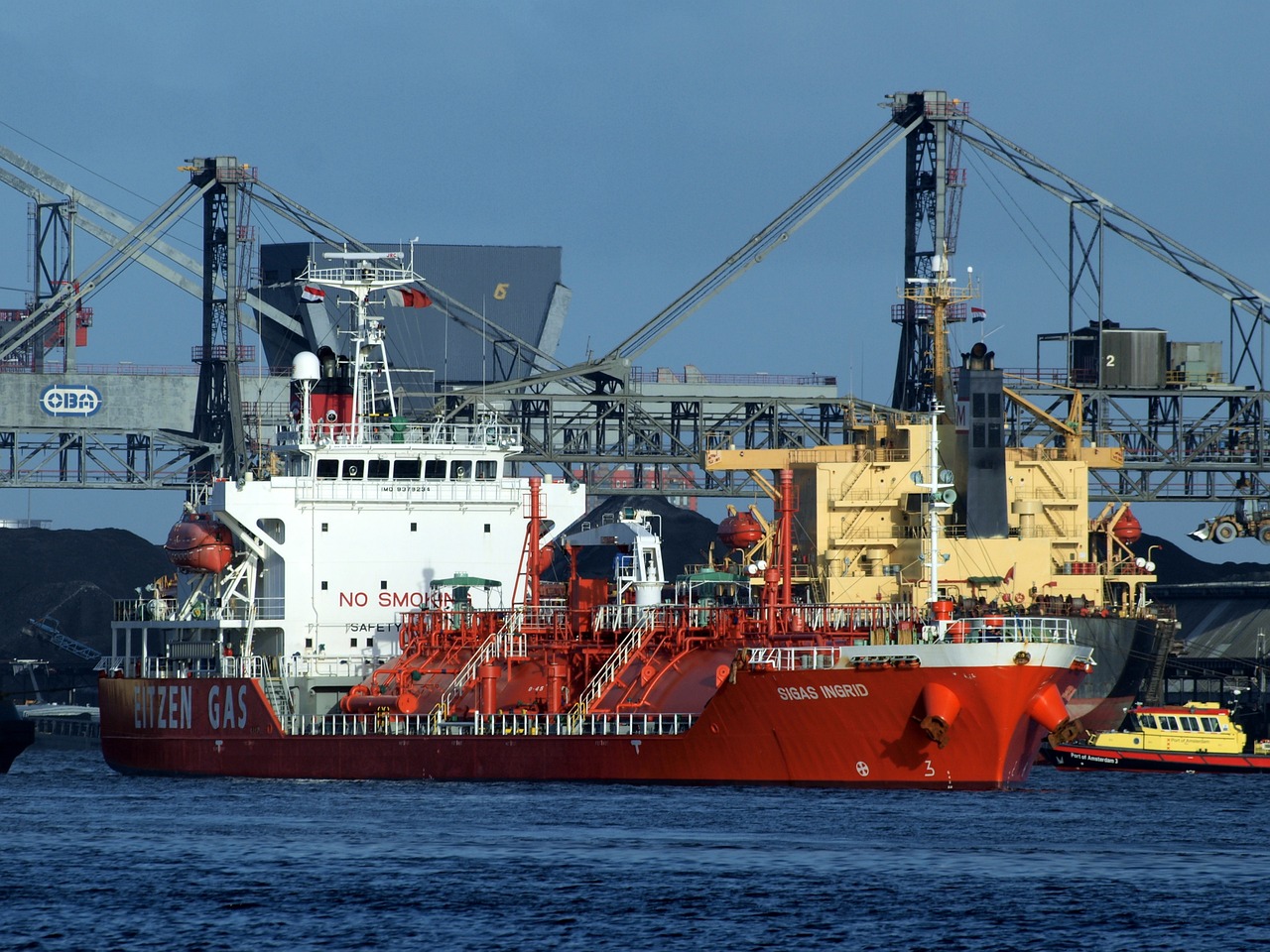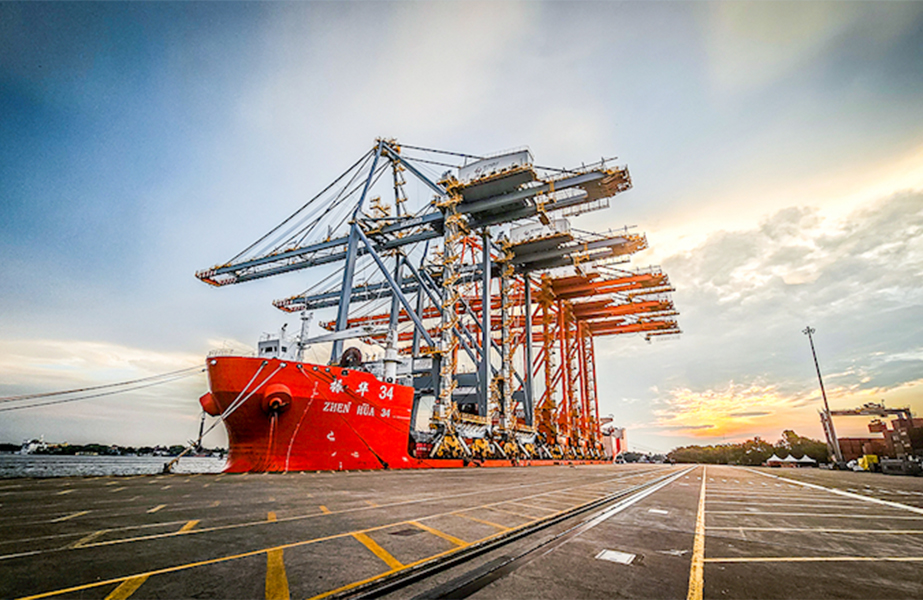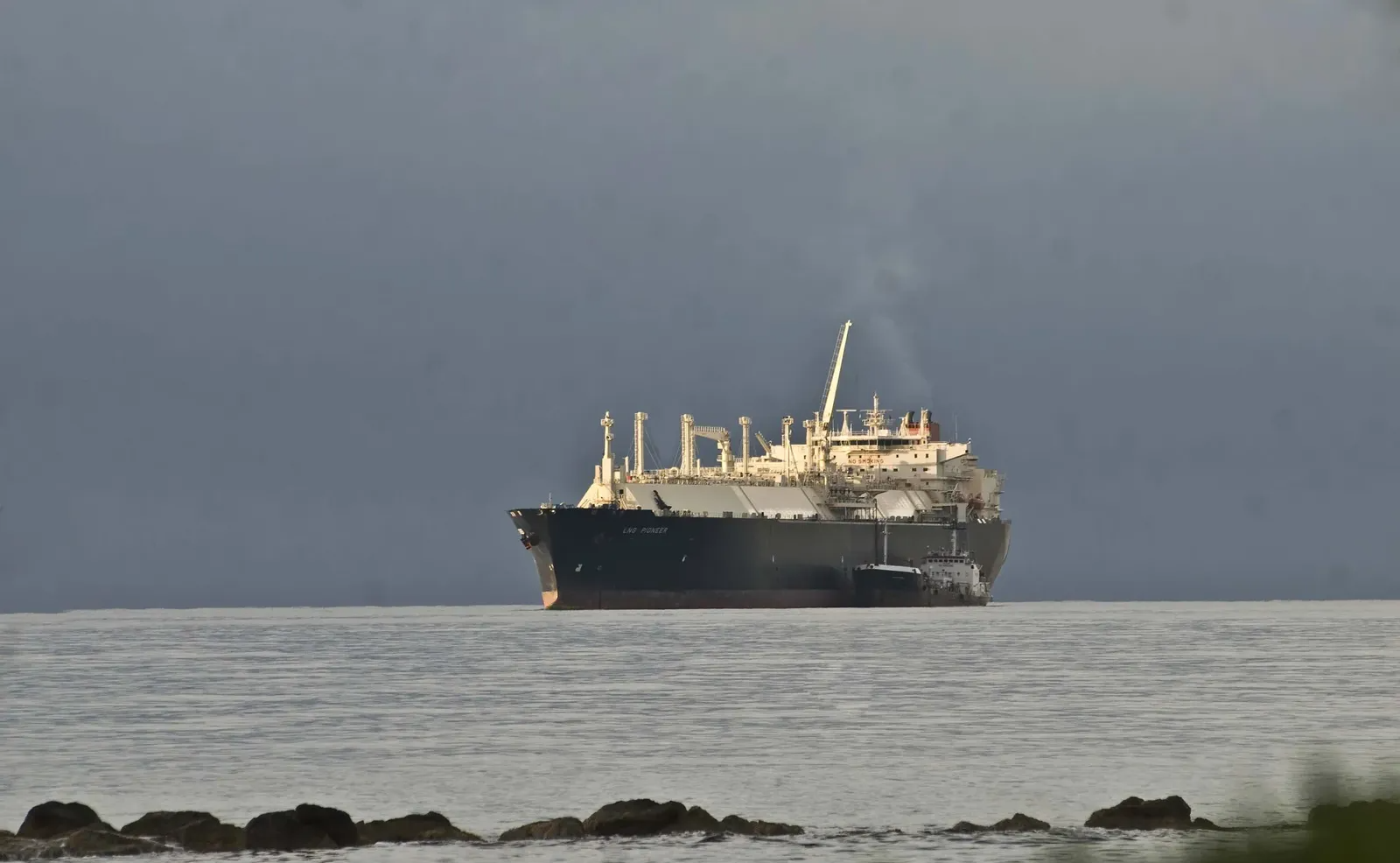Delays are hindering intermodal operations at several container ports in North America, as weather and railway issues reach the gateways on both coasts, according to a DHL ports update for March.
On the east coast, Canada’s Port of Halifax is seeing significant vessel delays due to harsh North Atlantic weather conditions. Compounding this issue is an exceptionally high rail dwell time, averaging 18 days. This combination is creating a bottleneck that requires careful planning for routing shipments through this port.
Vessels continue to arrive at Halifax off Proforma, or deviating significantly from the schedule, primarily due to weather over the North Atlantic, the forwarder said in the update. Import Rail Dwell has marginally improved and is currently 18 days, as PSA Atlantic Hub is struggling with high yard counts and labor shortages. Some containers are experiencing dwell times of up to 30 days. PSA and CN are working together to further maximize daily rail productivity.
Issues with gantry crane disruptions and IT systems are hampering productivity in Saint John, but terminal utilization has stabilized at 89%. Import rail dwell times are also high at 11.1 days, as the supply of railcars is insufficient to meet daily demand, although this is expected to improve in the next three to five days.
At the Port of Montreal, CPKC lifted an export embargo on March 7 and yard utilization has increased to 60%. DHL called vessel productivity “strong,” but winter navigation restrictions are now in full effect. Current rail dwell is 5.1 days, but inconsistent railcar supply is expected to take seven to 10 days to recover.
Among the US East Coast ports, Savannah, Georgia and Norfolk, Virginia, have a dwell of five or more days, the latter seeing productivity affected by weather. New York-New Jersey had delays of two to five days, with some equipment congestion and medium-qualified labor shortages. The update found no inland transport issues.
In the US Gulf Coast region from Florida to Texas, the Port of Miami and Port Houston showed dwell times of two to five days, with the latter showing a dwell of four days. No other disruptions were reported.
The Canadian West Coast ports of Vancouver and Prince Rupert are dealing with notable delays primarily from major railway issues. While equipment availability remains stable, railway challenges are causing significant disruptions.
Vancouver is experiencing delays of five days and more for unloading ships, while the dwell time for outbound containers is 20-30 days due to major railway issues. Delays for importing containers are two to five days.
On the US West Coast,
UU., The report states that the Los Angeles-Long Beach port complex has long dwell times of three to seven days, while Seattle-Tacoma and Oakland, California, show two to five days from discharge to discharge. The Husky Terminal in Tacoma had dwell times of six days.
Mexico is experiencing substantial delays, especially in ports like Lázaro Cárdenas and Manzanillo. Road problems are the main culprit, requiring adjustments in preparation and planning for shipments to and from these locations.
In Europe, France and Spain are currently hotspots for logistical disruption due to ongoing but intermittent labor and rail attacks. These actions are causing terminal closures and widespread transportation disruption, significantly impacting the movement of goods throughout the region.
The United Kingdom and surrounding areas are facing minor delays, with equipment adequacy generally maintained. However, some congestion is observed in key ports like Southampton and Felixstowe, which may cause minor schedule adjustments.
In the Middle East and Africa region, Cape Town, South Africa and Mombasa, Kenya, are experiencing severe delays and congestion. Wind-related problems and equipment shortages are the main factors contributing to these disruptions. Shippers should expect prolonged wait times and plan accordingly.
In China, minor weather-related delays are expected in Shanghai and Ningbo. However, equipment availability remains sufficient, mitigating the impact of these delays.
Southeast Asia presents a varied picture. While Jakarta is operating smoothly without significant delays, Singapore is dealing with yard congestion, which may affect shipping deadlines.
The update said that some areas, particularly in Oceania, face a significant equipment shortage, especially of 20-foot containers. Shippers should plan ahead and consider alternative container sizes whenever possible.
Find more articles by Stuart Chirls here.
Related coverage:
Wan Hai Lines Sees Record Revenue, Profits
Longer Voyages, Higher Container Rates Power Evergreen Marine Profits
Continue reading the FreightWaves article here




